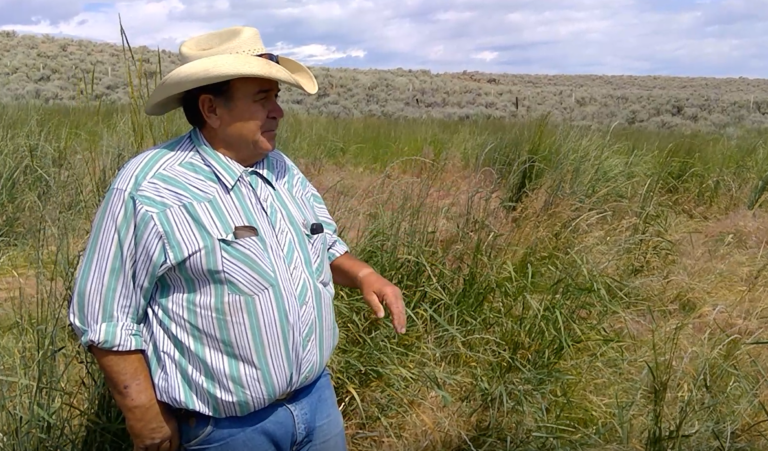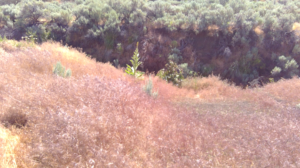A Rancher’s property rights and the right to conserve

The Clean Water Act (CWA) is supposed to protect and enhance our nation’s waters. But too often, government bureaucrats use that broad mandate to stomp on private landowners’ property rights—even when those private landowners are trying to protect the land themselves.
In a bitter twist, the Environmental Protection Agency (EPA) is using the CWA to prevent private conservation projects on rivers and creeks in the Pacific Northwest.
Take Curtis Martin, a farmer and rancher who owns property near Vale, Oregon. When he bought the land, it included an unhealthy, narrow creek with little surrounding vegetation. This creek was steadily eroding its own bed and was uninhabitable for any local wildlife. It also threatened roads with flooding and washouts, and depleted the local groundwater.
So Curtis partnered with the Natural Resources Conservation Service to make a series of ecologically sound improvements to the creek. Today, it is a very different scene. Thanks to the interventions by Curtis and his partners, the creek is healthy, creates safe habitats for wildlife, and improves groundwater supplies. Also, Curtis installed strategically placed diversion pipes that pump water to cattle troughs on the surrounding hillsides. This keeps his cattle from drinking directly out of the creek bed.

Curtis Martin’s property before his conservation project

Curtis Martin’s property after his conservation project
Unfortunately, EPA bureaucrats want to control this land themselves and are using the CWA to jeopardize Curtis’ entire project.
The EPA has defined Curtis’ creek as “navigable waters,” which would put it under federal government control. If the EPA takes control of Curtis’ land, he would be required to obtain government permits before doing anything to his creek—including the ecologically beneficial restoration projects. These permits require months or years and potentially hundreds of thousands of dollars to obtain.
That much red tape is enough to make anyone (Curtis included) stop any of their private conservation projects.
Curtis isn’t the only private landowner having to battle the EPA to conserve their own land. I recently visited two Washington ranchers, Vic Stokes and Sam Ledgerwood, who have both collaborated with local conservationists, including the Colville Tribes and the Pomeroy Conservation District, to improve the habitat around their creeks for fisheries and other wildlife.
Private conservation projects like these require work: depositing dead trees, staking down vegetation to mimic the effect of beaver dams, dredging the creek bottoms when they silt up, and building retention ponds that prevent erosion and create habitat.
But as with Curtis, the EPA is trying to control what happens on Sam and Vic’s land by defining their creeks as “navigable waters.” This would effectively stop the amazing work they’re doing.
All three men love their land and are committed to keeping it beautiful and productive. In Sam Ledgerwood’s words: “I manage the entire watershed on my ranch to improve water flow and conserve the entire landscape, not just the farmed fields.”
PLF is representing the Oregon Cattlemen’s Association (of which Curtis is a member) and the Washington Cattlemen’s Association (of which Vic and Sam are members) in separate court battles defending the property rights of landowners in those states. For too long, the EPA has used the sword of the CWA to trample on property rights and take control of private land regardless of the cost (to landowners or the environment).
But the property rights that our Constitution protects mean landowners have the right to do what they want on their land as long as it doesn’t hurt others. For landowners like Curtis Martin, Vic Stokes, and Sam Ledgerwood, that means the right to preserve their land themselves.






